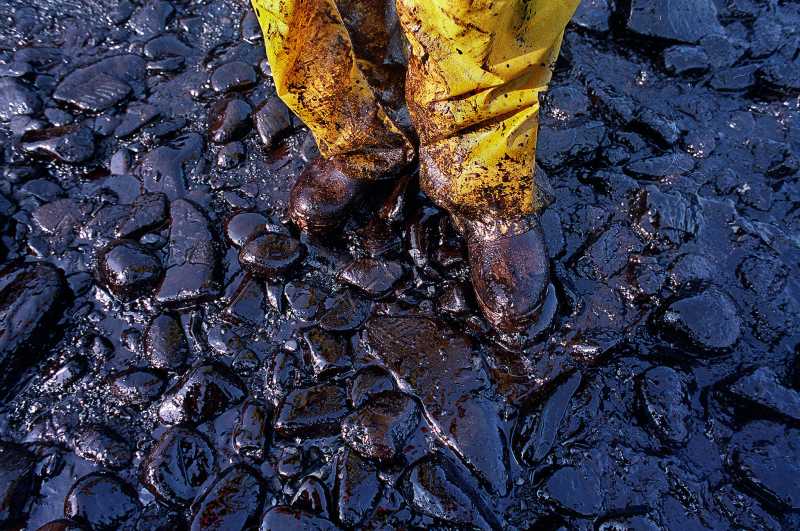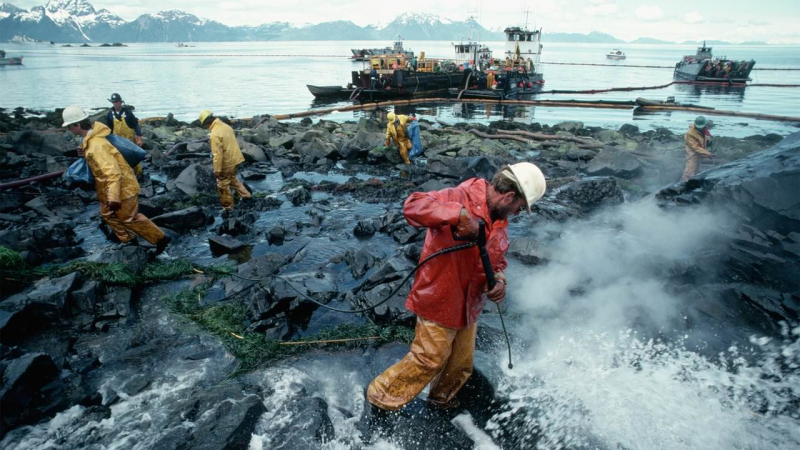Cost-cutting, broken radar caused the Exxon Valdez oil spill

Even after the Deepwater Horizon oil spill surpassed it as the largest oil leak in US seas, the Exxon Valdez oil spill retains its position as one of the worst environmental catastrophes connected to the petroleum sector in history and is firmly in second place. According to the widely-accepted narrative, Captain John Hazelwood was mostly at fault for the event because he was intoxicated and distracted from the ship's operations. Nevertheless, Hazelwood was found not guilty after witnesses testified that he had been sober and awake during the incident. The real culprits were Exxon management's cost-cutting tactics and the decreased crew's fatigue brought on by long hours.
The radar equipment that the ship was meant to be using to aid navigate the waters was probably the single most important component. For ships at sea, radar systems are crucial because they enable crew members to avoid potential risks in the water by identifying them. In the Exxon Valdez case, the radar system had been malfunctioning for more than a year before to the oil spill, and worse than, Exxon was aware of it. Investigative journalist Greg Palast claims that the corporation considered the machinery to be "too expensive to maintain and operate."
The settlements imposed by the courts, which initially totaled $287 million in actual damages and $5 billion in punitive penalties, would have likely been less expensive. The compensation ordered by the courts, which initially totaled $287 million in actual damages and $5 billion in punitive penalties, though they have gradually been lowered as a result of appeals, were probably less expensive. However, if the corporation had maintained the radar and staff complement, it might have significantly reduced costs.
- Year: March 24, 1989











